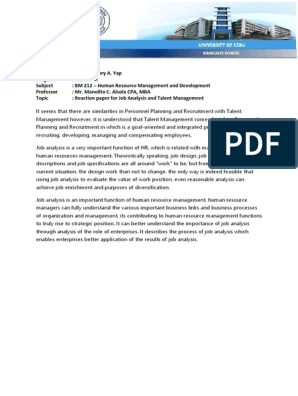0% found this document useful (0 votes)
179 views10 pagesA Project Proposal
This document provides a project proposal on evaluating the performance of mutual funds in Nepal. It outlines the background of mutual funds in Nepal, states the problem being addressed as the lack of information available to investors on fund performance. The objectives are to analyze the performance and examine dividend levels of selected mutual funds. Secondary data will be collected from 2017-2020 on two sample funds and analyzed using financial and statistical tools to evaluate returns and risks. Limitations include relying only on secondary data and analyzing a small sample of the available funds. The proposal outlines the timeline of 35 days to complete the project.
Uploaded by
Ram PandeyCopyright
© © All Rights Reserved
We take content rights seriously. If you suspect this is your content, claim it here.
Available Formats
Download as DOCX, PDF, TXT or read online on Scribd
0% found this document useful (0 votes)
179 views10 pagesA Project Proposal
This document provides a project proposal on evaluating the performance of mutual funds in Nepal. It outlines the background of mutual funds in Nepal, states the problem being addressed as the lack of information available to investors on fund performance. The objectives are to analyze the performance and examine dividend levels of selected mutual funds. Secondary data will be collected from 2017-2020 on two sample funds and analyzed using financial and statistical tools to evaluate returns and risks. Limitations include relying only on secondary data and analyzing a small sample of the available funds. The proposal outlines the timeline of 35 days to complete the project.
Uploaded by
Ram PandeyCopyright
© © All Rights Reserved
We take content rights seriously. If you suspect this is your content, claim it here.
Available Formats
Download as DOCX, PDF, TXT or read online on Scribd
/ 10

























































































